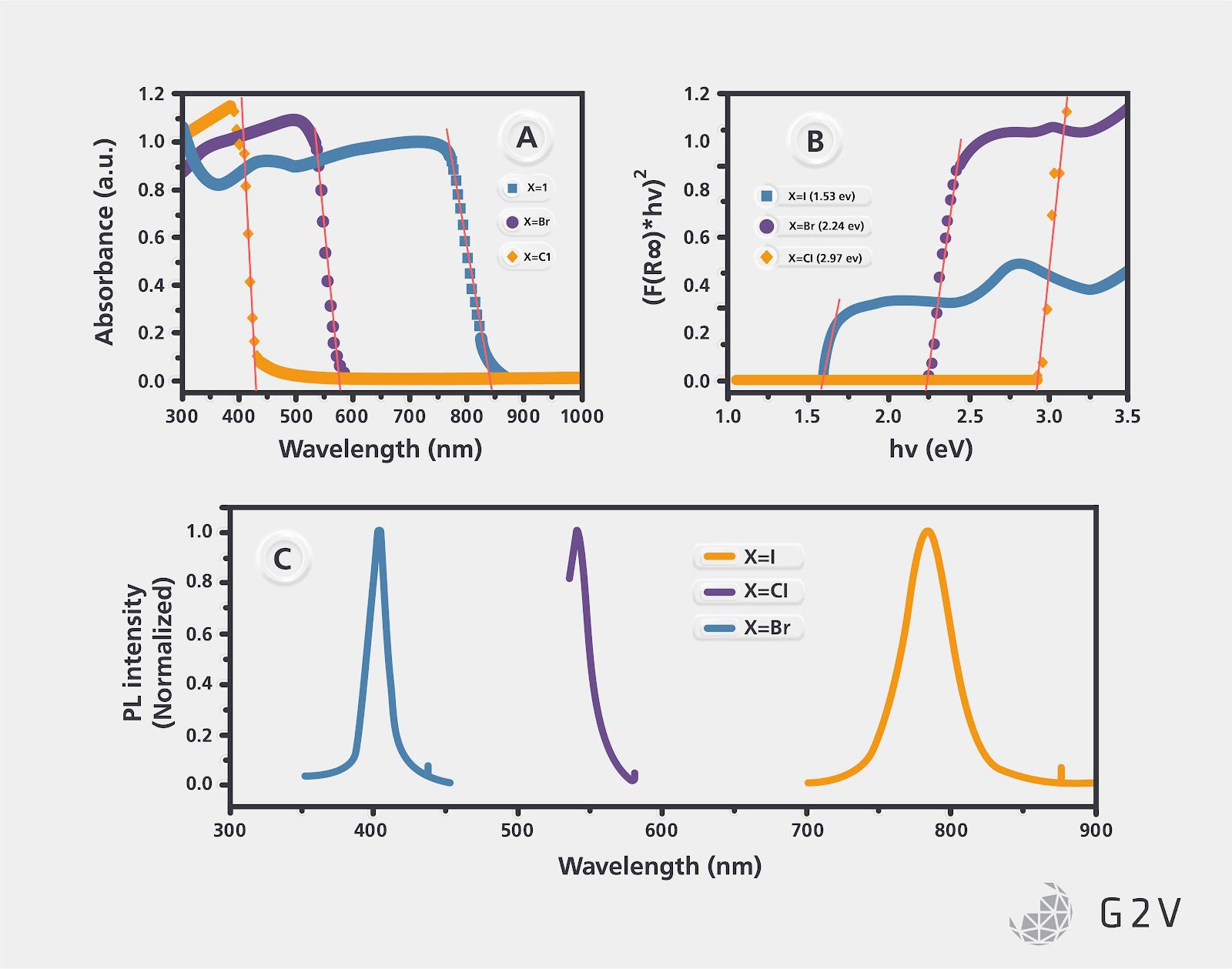Chapter 5
Multi-Junctions, Tandem Cells, And Efficiency-Specific Structures For High-Performance Perovskite Solar Cells
One potential avenue for improving performance comes from the capability of perovskites to be used as layers in multijunction solar cells. To make a multijunction solar cell, you need to be able to stack several layers of semiconducting material onto each other with specifically different band gaps so each layer performs at high efficiency for different spectral sections. This stacking noticeably increases the complexity of the final device and the processing required to fabricate it (without creating a fatal number of new surface defects between the different layers). Still, the potential gains can be quite lucrative.
Perovskites make an excellent candidate for producing multijunction cells.
The most important consideration for the construction of a multijunction cell is the ability to have multiple layers operating at different band gaps with correspondingly different spectral selectivities.
Not only can perovskites be fabricated using simple methods conducive to production in multiple layers, but they also have a structure that lends itself to easily adjustable band gaps.
Due to the crystal structure of perovskites being if not identical, then at least similar and controllable, it is also much easier to ensure lattice matching of the contacting layers which helps prevent unwanted device stresses.
Furthermore, if the layers of a multijunction cell do not produce sufficiently equal current densities during operation, a charge can build up at the interface and potentially reverse the internal electric field of a subjunction, rendering it inoperable or damaging it. Thankfully, varying the thickness of your layers can help to control the current densities of the different junctions, a solution well within the capabilities of existing perovskite fabrication.
Normally, tailoring each of the junctions to exact specifications is an imposing barrier to creating multijunction cells. The flexibility of perovskites in how they can be fabricated offers a great deal of potential for overcoming such barriers, especially with how large an effect simple component substitutions in a perovskite can have on the band gap and absorption spectra.
The variability of a perovskite’s composition and the simplicity of some of the available fabrication processes means that tailoring a perovskite cell to exact specifications is far more practical than using other technologies such as III-V semiconductors like Gallium Arsenide and its close relatives that are currently the most common form of multijunction cells.

Multijunction solar cells are an approach to getting around the assumptions used to derive the Shockley-Queisser limit. By adding more junctions, waste heat (from the thermalization of carriers) is minimized and achieves higher efficiencies. There are different approaches and structures for multijunction solar cells that we’ll discuss in another article. Here, we’ll focus on the specific aspects of perovskites applied to multijunction solar cells.
Since a perovskite can reliably have its bandgap altered along with its lattice shape and spacing, we are given flexibility for more variety in lattice-to-lattice material bonding. Perovskite lattice flexibility makes it possible to create multi-material multijunction cells by bonding perovskite layers to silicon cells (crystalline or amorphous) or to Copper Indium Gallium Selenide (CIGS), which can provide their own unique benefits to a solar cell. This allows researchers and designers to obtain better performance than a perovskite solar cell on its own, and to take advantage of mature processes and facilities for producing more traditional solar materials. Explore more about the predicted cost of perovskite solar cell technology in our next chapter.
Next Chapter 6: The Costs of Perovskites: Sources and Reductions
Looking for a cheat sheet with all of the key concepts in this article? Check out the one-page infographic below.

